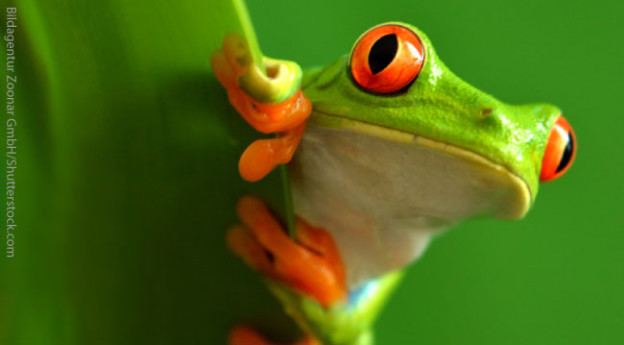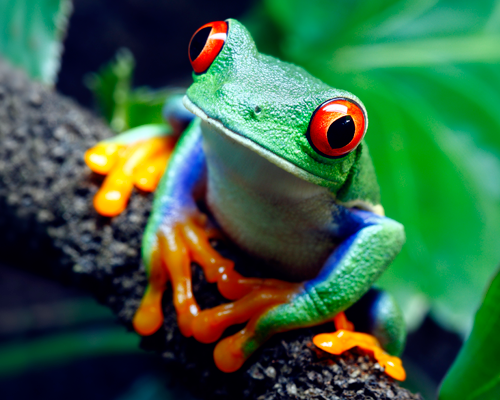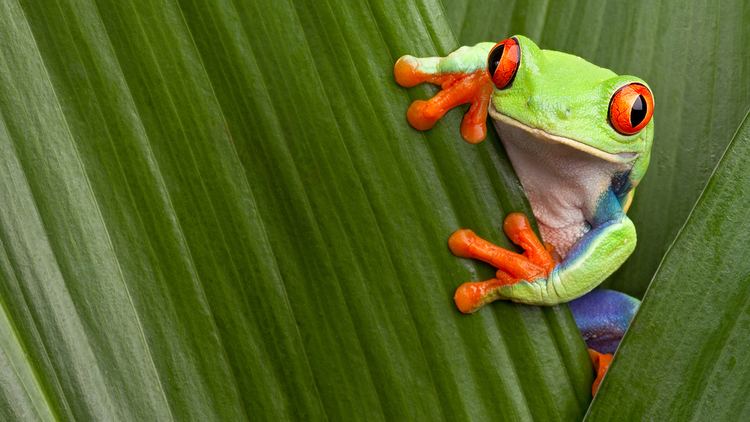 | ||
Representative species Spring peeper, Red‑eyed tree frog, European tree frog, Australian green tree frog, Scinax perereca | ||
Red eyed tree frog finally a kamp kenan amphibian
A tree frog is any species of frog that spends a major portion of its lifespan in trees, known as an arboreal state. Several lineages of frogs among the Neobatrachia have given rise to tree frogs, although they are not closely related to each other.
Contents
- Red eyed tree frog finally a kamp kenan amphibian
- Red eye vs gliding tree frog
- Description
- Family
- References

Many millions of years of convergent evolution have resulted in almost identical morphology and ecologies. They are so similar as regards their ecological niche that in one biome where one group of tree frogs occurs, the other is almost always absent. The last common ancestor of some such tree frog groups lived long before the extinction of the dinosaurs.

Red eye vs gliding tree frog
Description

As the name implies, these frogs are typically found in trees or other high-growing vegetation. They do not normally descend to the ground, except to mate and spawn, though some build foam nests on leaves and rarely leave the trees at all as adults.

Many tree frogs can change their color for better camouflage. For instance, the grey tree frog (Hyla versicolor) can change its color from green to grey to yellow .

Tree frogs are usually tiny as their weight has to be carried by the branches and twigs in their habitats. While some reach 10 cm (4 in) or more, they are typically smaller and more slender than terrestrial frogs. Tree frogs typically have well-developed discs at the finger and toe tips; the fingers and toes themselves, as well as the limbs, tend to be rather small, resulting in a superior grasping ability. The genus Chiromantis of the Rhacophoridae is most extreme in this respect: it can oppose two fingers to the other two, resulting in a vise-like grip.
Family
Tree frogs are members of these families or genera:
